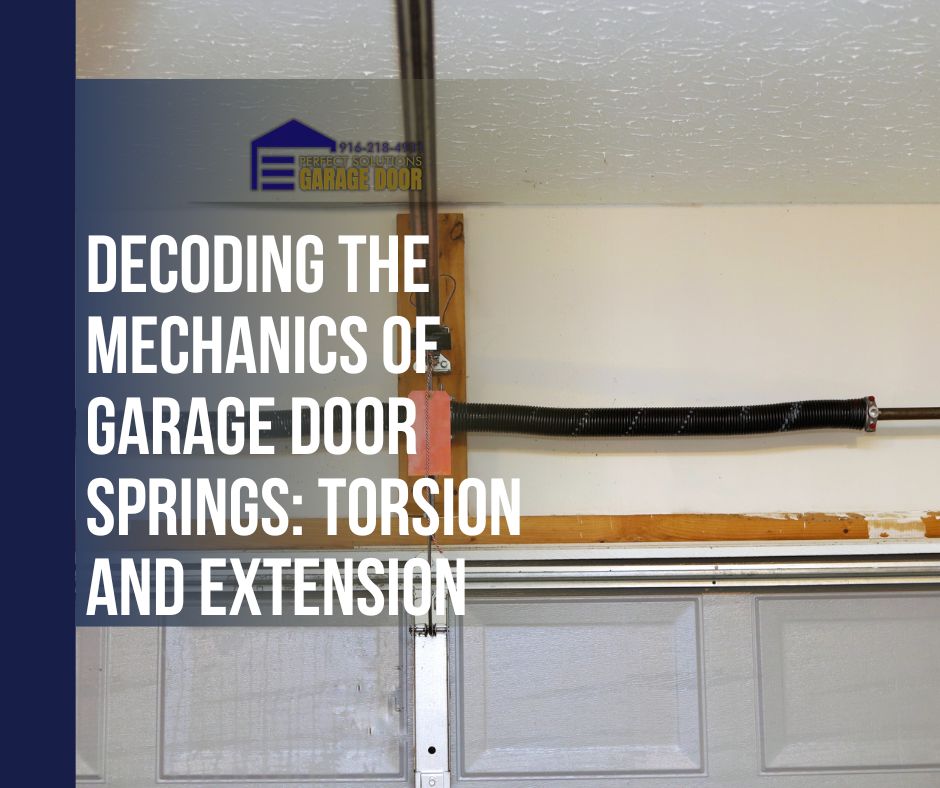In the realm of residential and commercial garage doors, the dynamics of door springs, particularly torsion and extension springs, play a critical role in the smooth operation and safety of the door system. The nuances of these components, often overlooked, significantly impact the performance and longevity of the entire door mechanism.
While both torsion and extension springs serve the fundamental purpose of counterbalancing the weight of the door, their operational principles, installation processes, and maintenance requirements vary considerably. As we progress, we shall compare and contrast these spring types to illuminate their individual characteristics and applications, thereby offering an informed perspective on which might be better suited to your specific needs.
This discourse promises to provide a comprehensive understanding of these essential components, thus empowering you to make educated decisions regarding your garage door system’s maintenance and improvement.
Understanding Garage Door Springs:
In the realm of garage door mechanisms, the function and importance of garage door springs replacement, specifically torsion and extension springs, cannot be overstated. These springs are integral to the proper and efficient operation of garage doors.
Torsion springs, located horizontally above the door when closed, utilize torque to lift the door. They wind up when the door is closed and unwind to open the door. Extension springs, on the other hand, are found on either side of the door track. They extend and contract to provide the necessary lifting force.
The choice between torsion and extension springs depends on factors like door weight, available headroom, and cost. Understanding these springs is crucial to ensuring your garage door operates smoothly and safely.
Torsion Vs Extension: A Comparison:
Building upon our understanding of the critical role garage door spring replacement play, let’s now compare and contrast torsion and extension springs, assessing their unique characteristics and applications.
Torsion springs, mounted horizontally above the door opening, utilize torque to lift the garage door. They offer greater balance, last longer, and can support heavier doors, but are more expensive.
On the other hand, extension springs, typically installed on either side of the door track, stretch and contract to provide lifting power. They are less costly and easier to install, making them a popular choice for residential doors. However, they tend to wear faster and provide less balance, potentially impacting the smooth operation of the door.
Both types have specific benefits, and the choice depends on one’s needs and budget.
Garage Door Service Guide: Types of Springs and Their Functions

